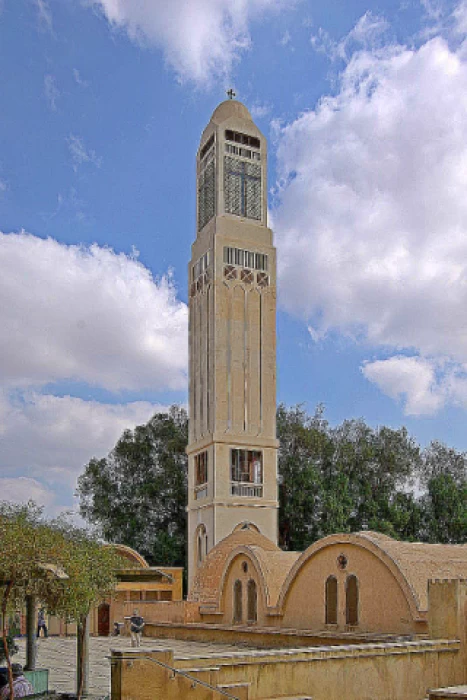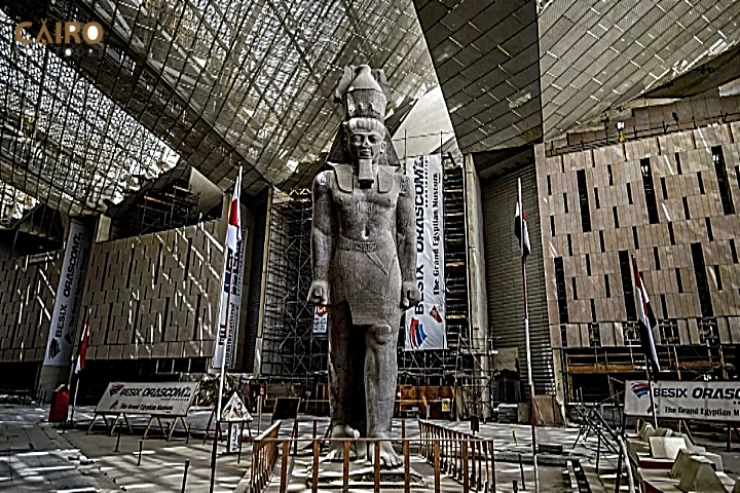
圣马卡里乌斯大修道院
这座修道院由埃及的圣马卡里乌斯于公元360年创建,他是4000多名来自不同国家的僧侣的精神导师。自公元4世纪建院以来,修道院一直住满僧侣,这意味着多位基督教圣人和早期教父都曾在圣马卡里乌斯修道院担任僧侣。
几乎从一开始,修道院就进入了精神和建筑的修复时期,在马特·埃尔·梅斯坎神父的精神领导下,十二名僧侣的到来使修道院得以重建。过去十年,这些僧侣们一直与世隔绝地生活在法尤姆以南约50公里(31英里)的瓦迪埃尔拉扬沙漠洞穴中,直到他们被命令离开瓦迪埃尔拉扬,前往圣马卡里乌斯大修道院进行重建。
在教宗谢努达三世的领导下,经过十四年的持续重建、精神和建筑革新,圣马卡里乌斯修道院的修道团体目前约有一百名修士。
圣马卡里乌斯修道院与许多海外修道院保持着精神、学术和兄弟般的关系。这些修道院包括比利时的切维托涅修道院、法国的显圣容修道院、意大利的博斯修道院、黎巴嫩的代尔阿尔夫修道院以及英国的化身修道院。
该教堂不承认君士坦丁堡大主教的首席地位,也不与欧洲东正教会共融。它的起源可以追溯到圣马可的布道,这位福音传教士在尼禄皇帝时期将基督教传入埃及。它有自己的教宗、自己的圣书、圣经和自己的诗歌。
修道院的教堂和食堂(或餐厅)拥有巨大的圆形穹顶和方形砖砌穹顶,顶部设有活板门,为房间提供采光。
门、墙壁和圣像屏上的木制品,饰有精美的贝壳或珍珠母镶嵌图案,令人印象深刻。
圣马卡里乌斯大修道院收藏着许多圣人的遗物,例如塞蒂斯的四十九位殉道者。据说,在修复圣马卡里乌斯大教堂期间,根据修道院图书馆中发现的11至16世纪手稿中的位置,在教堂北墙下发现了施洗者圣约翰的墓穴和先知以利沙的墓穴。这些遗物被收集在一个特殊的柜子里,并安放在圣马卡里乌斯教堂圣胡安·包蒂斯塔圣殿前。该修道院发表了关于这一发现的详细报告以及对文物真实性的评估。















